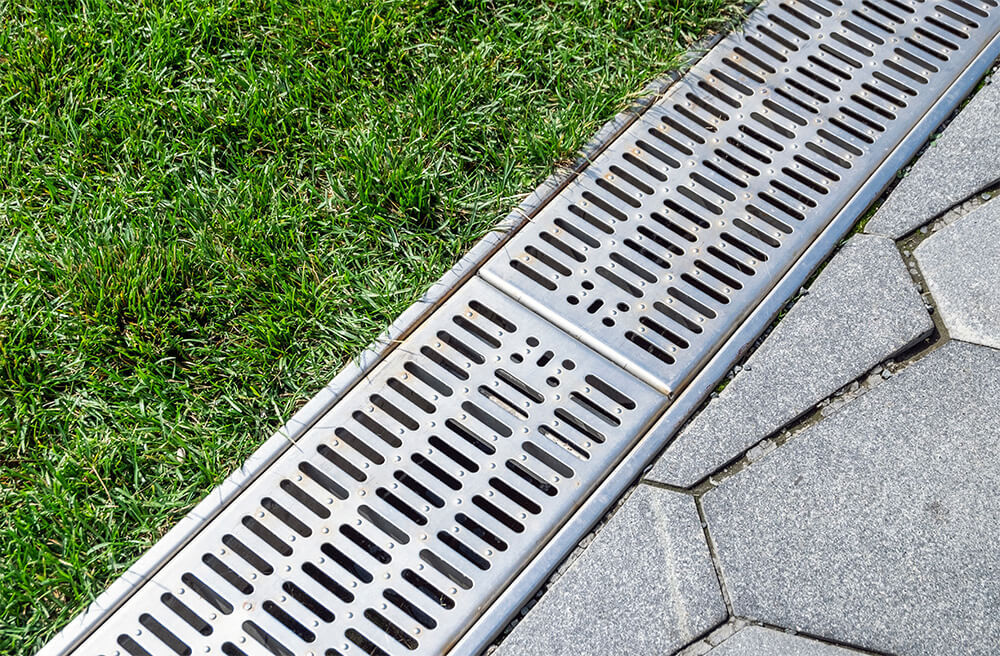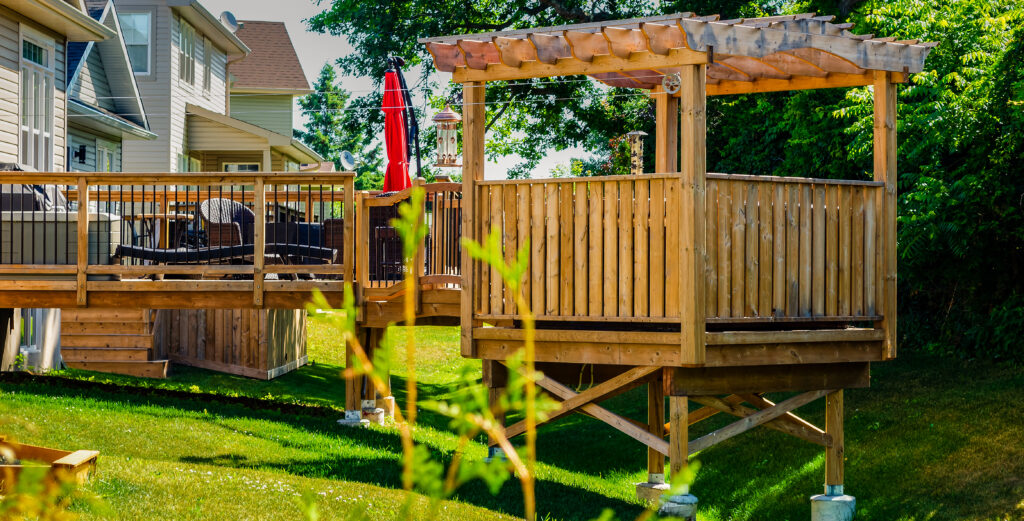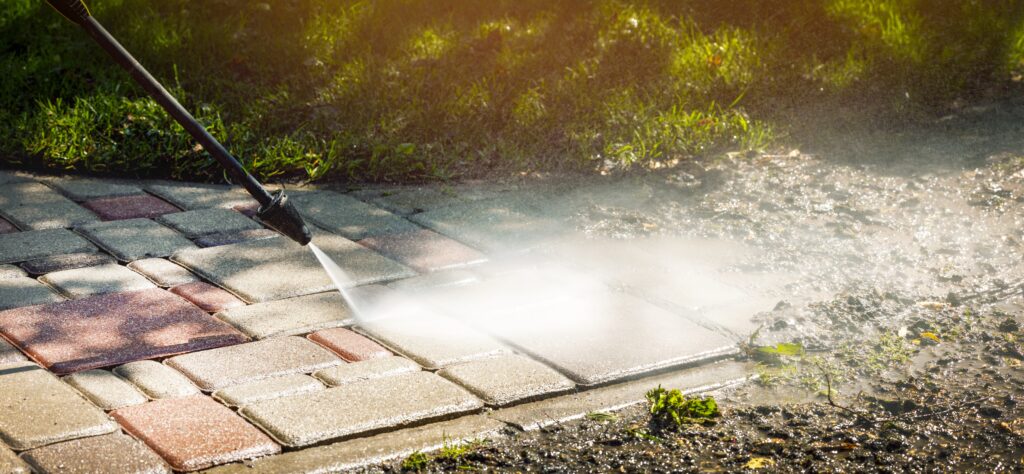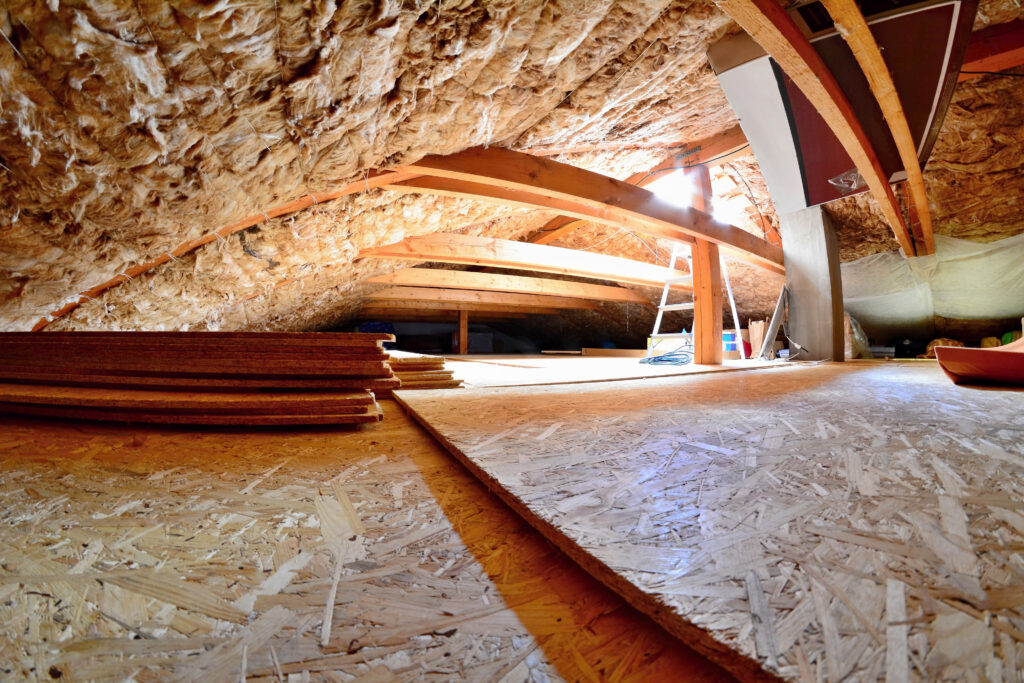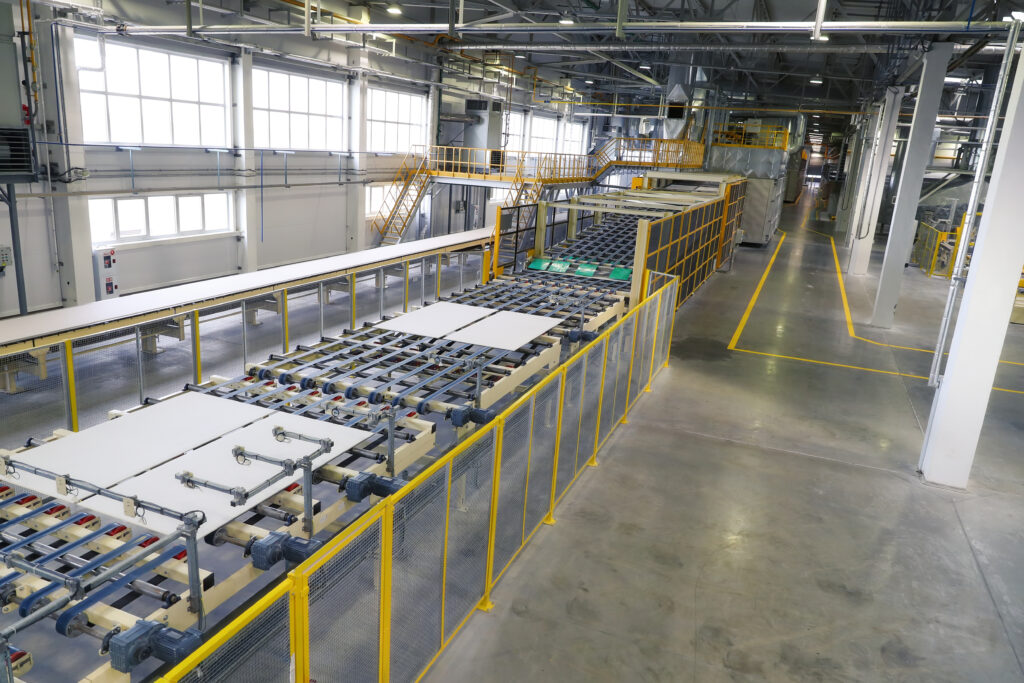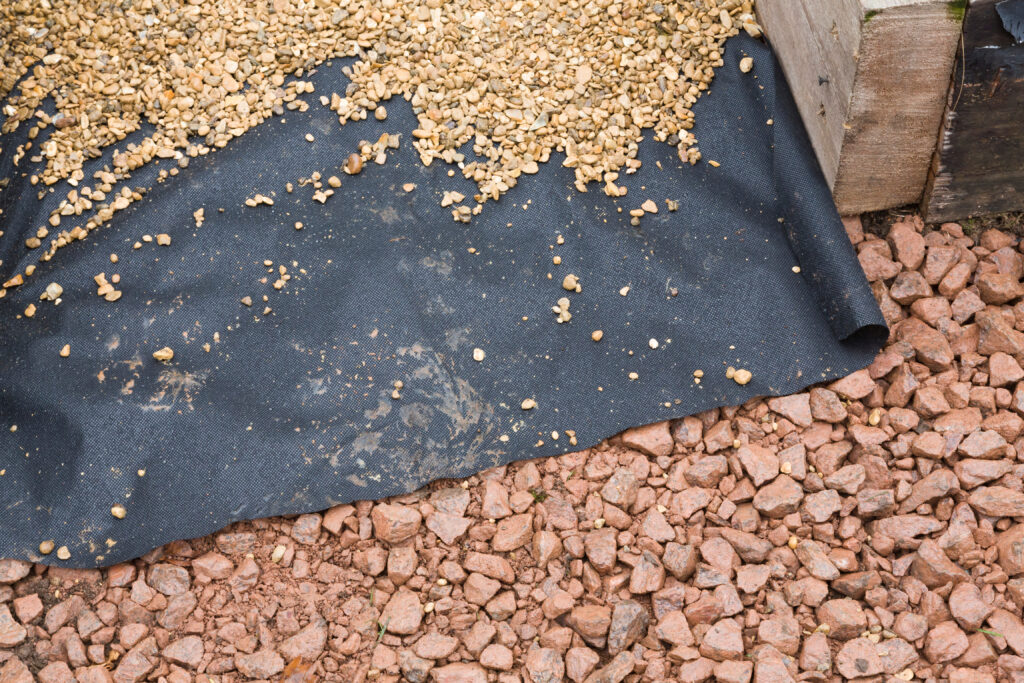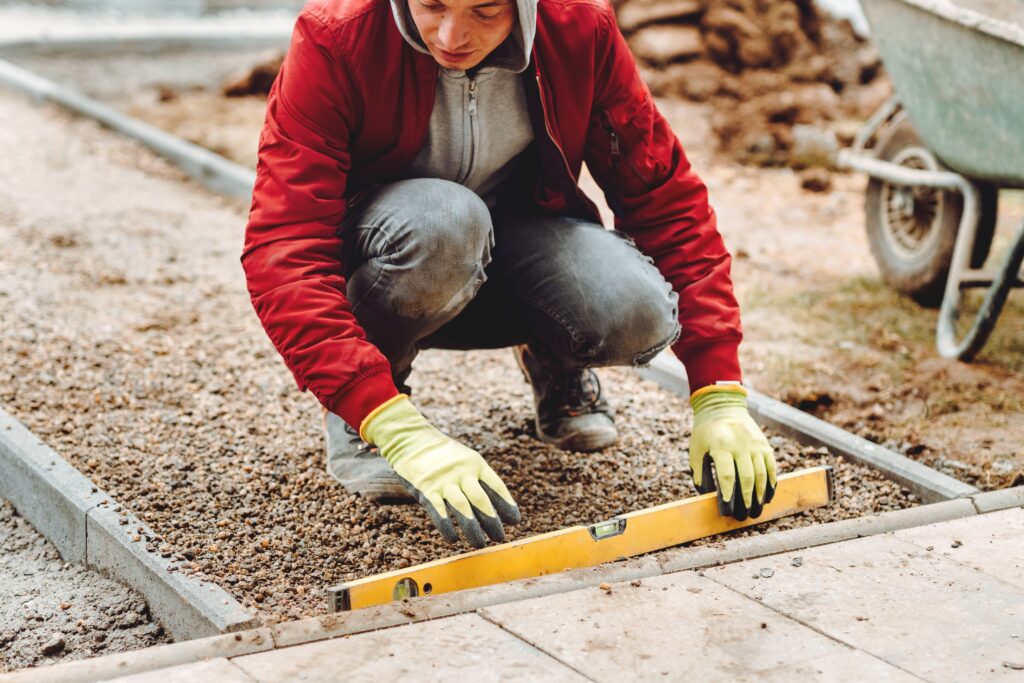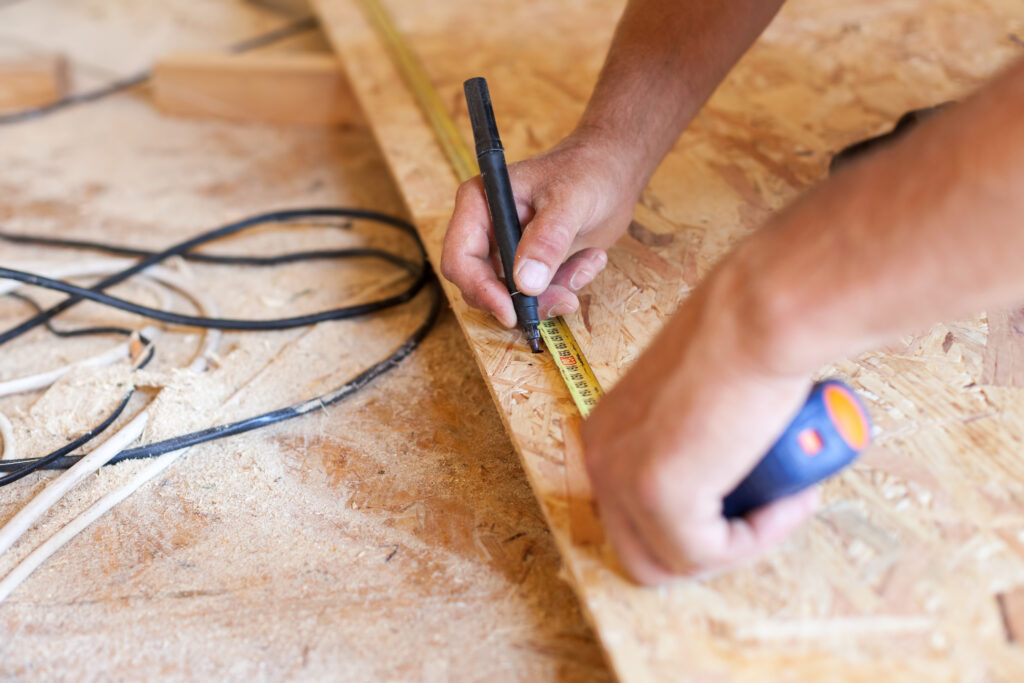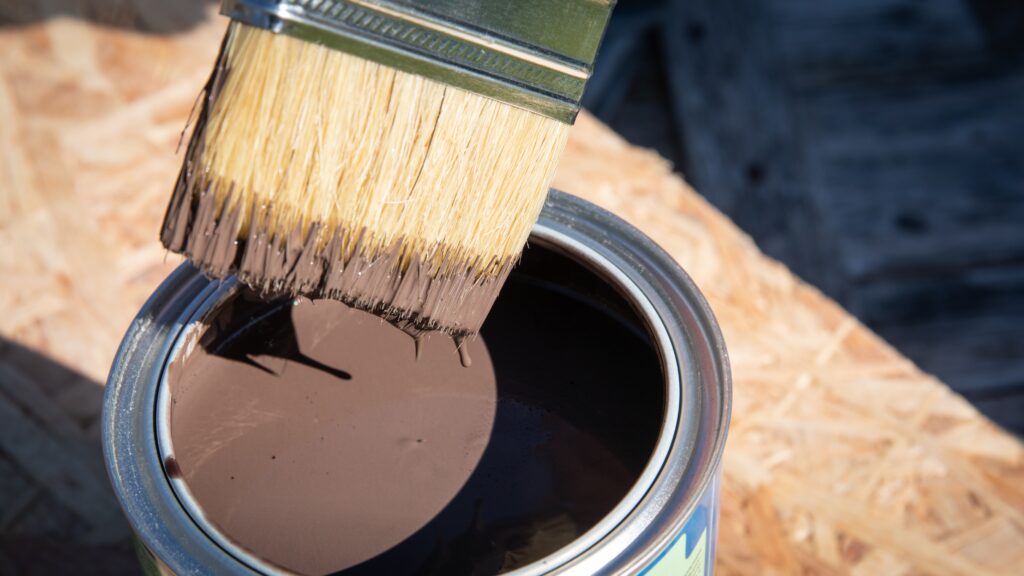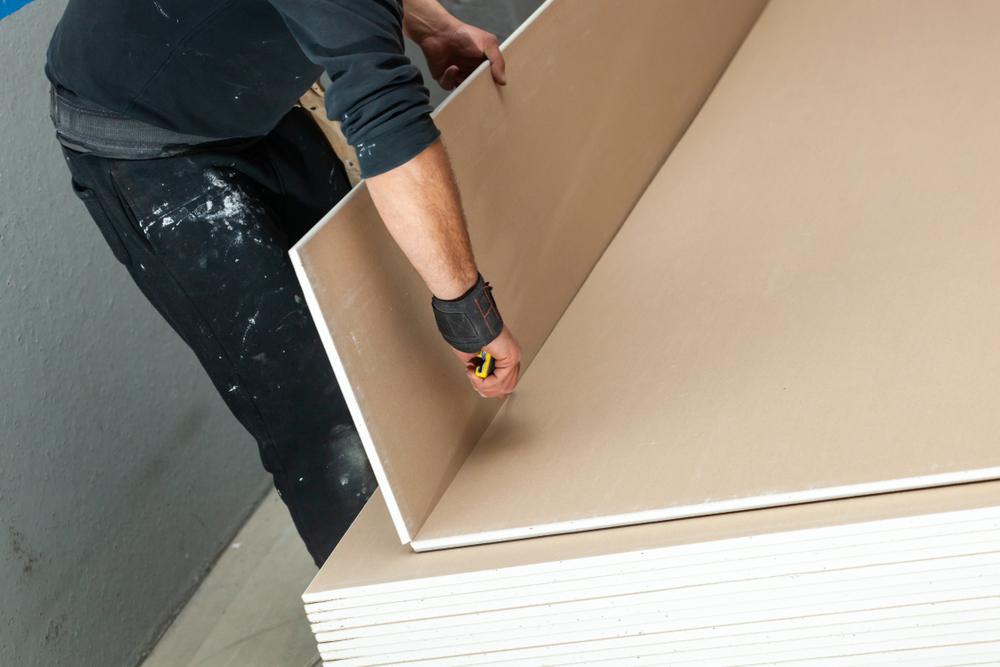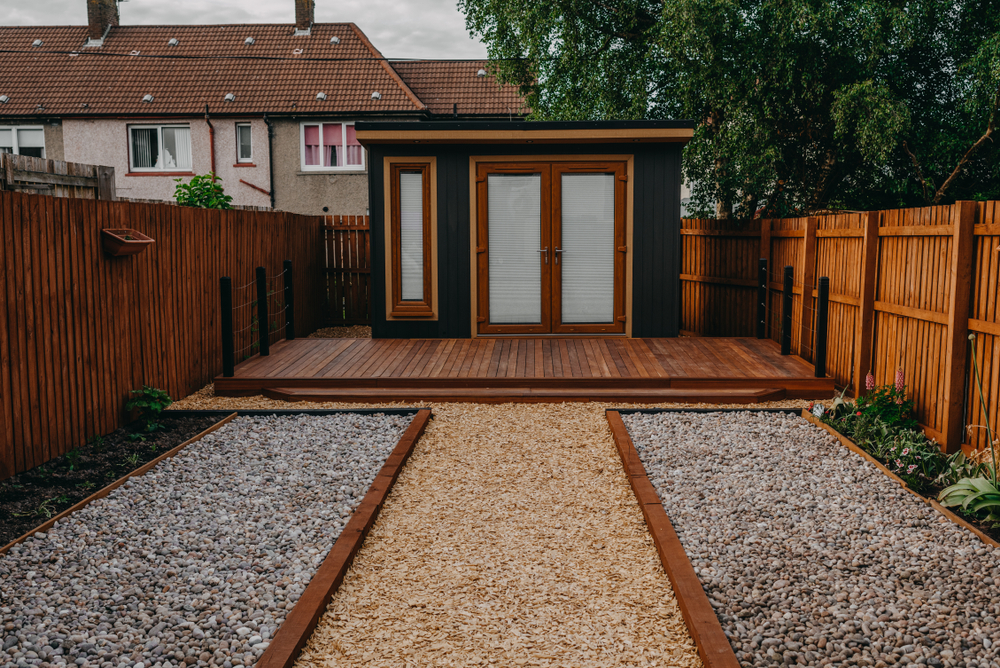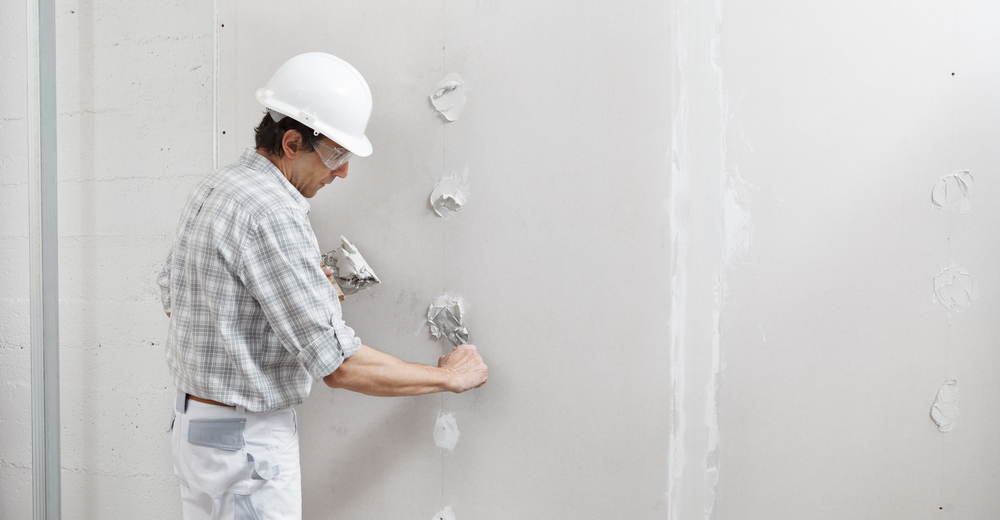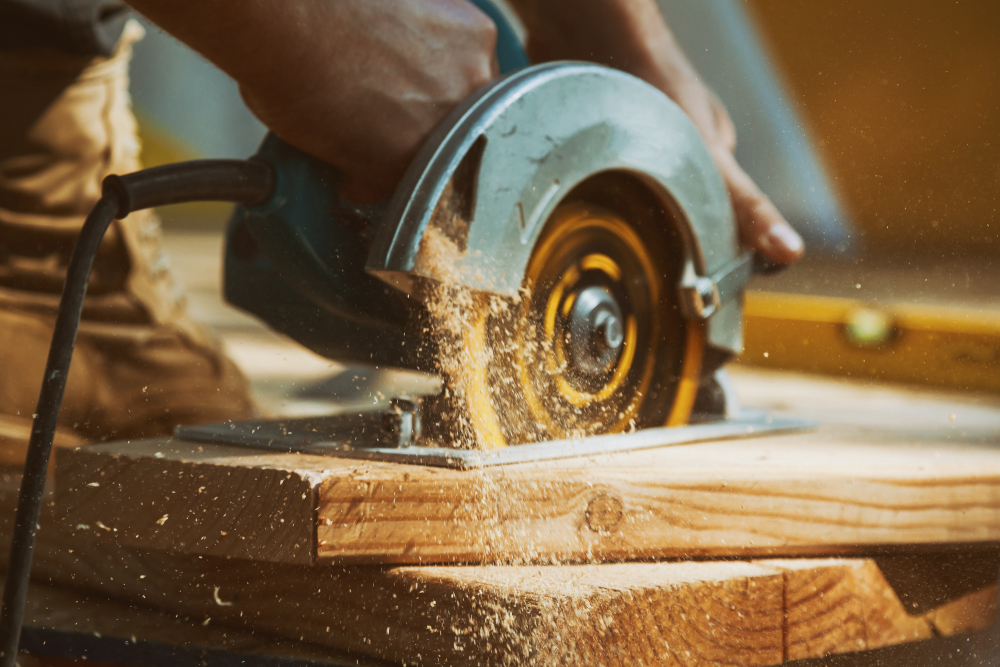Painting Hardboard: Techniques, Tips, and Transformations

In construction, aesthetics often take a backseat to functionality. Hardboard panels dutifully serve their purpose, providing sturdy walls, durable flooring, and robust structural elements. However, we believe that beauty and practicality need not be mutually exclusive.
Through the transformative power of paint and a quick crash course on painting hardboard, we can unlock new dimensions of design and breathe life into the very surfaces that shape our built environment.
In this blog post, we invite you to reimagine hardboard as a canvas for architectural expression. Discover how a well-chosen colour palette, strategic paint techniques, and thoughtful design can turn ordinary hardboard installations into visually captivating features.
From accent walls that make a bold statement to seamlessly integrated architectural details, we’ll explore the myriad ways painting hardboard can enhance the construction landscape.
Understanding Hardboard: Properties and Preparations
Unveiling Hardboard: What Sets It Apart?
Hardboard, also known as high-density fiberboard (HDF), is a versatile and cost-effective material widely used in various applications. It is made from compressed wood fibers and offers a smooth, consistent surface that is ideal for painting. Its dense composition provides excellent stability and durability, making it a popular choice among artists and craftsmen.
Preparing Hardboard for Painting: Cleaning and Sanding
Before diving into the painting process, proper preparation of the hardboard surface is essential.
Start by cleaning the surface to remove any dust, dirt, or debris. A gentle wipe with a damp cloth should suffice. Next, lightly sand the surface with fine-grit sandpaper to create a smooth and receptive canvas for the paint. Be sure to remove any loose fibres or rough spots, ensuring an even and professional finish.
Priming Hardboard: Enhancing Adhesion and Durability
Priming is a crucial step in painting hardboard as it helps the paint adhere better, improves colour vibrancy, and enhances the durability of the finished piece.
Select a primer suitable for hardboard surfaces and apply it evenly using a brush or roller.
Ensure that the primer is given ample time to thoroughly dry before proceeding to the next phase of the process. This preparatory step will set the stage for a flawless paint application and ensure the longevity of the paint.
Essential Tools and Materials for Painting Hardboard
Brushes and Rollers: Choosing the Right Applicators
Selecting the appropriate brushes and rollers is vital for achieving smooth and precise results when painting hardboard.
For detailed work and intricate designs, opt for high-quality synthetic brushes with fine bristles.
If you’re covering larger areas, a foam or mohair roller may be more efficient.
Choose brushes and rollers that are specifically designed for the type of paint you’ll be using to ensure compatibility and optimal performance.
Paint Types for Hardboard: Exploring Options
When it comes to painting hardboard, you have several paint options to consider.
Acrylic paint is a versatile choice that offers quick drying times, vibrant colours, and easy cleanup with water.
Latex paint is another popular option, known for its durability and flexibility.
Oil-based paint provides a smooth and glossy finish but requires longer drying times and mineral spirits for cleanup.
Consider your project requirements and personal preferences when selecting the type of paint that suits your needs.
Additional Materials: Tapes, Drop Cloths, and Protective Gear
To ensure a clean and hassle-free painting experience, gather the necessary additional materials. Painter’s tape will help create sharp lines and protect adjacent surfaces from paint splatter. Lay down drop cloths or plastic sheets to safeguard your work area.
Remember to equip yourself with suitable protective gear, such as gloves and goggles, to safeguard against paint splatters and fumes.
Step-by-Step Guide: How to Paint Hardboard
Surface Preparation: Ensuring a Smooth Canvas
Start by preparing the hardboard surface. Clean the surface using a damp cloth to remove any dust or debris.
If there are any imperfections or rough areas, gently sand them to create a smooth and even canvas for painting.
Wipe away any dust particles with a clean cloth before proceeding.
Choosing the Perfect Paint: Acrylic, Latex, or Oil-Based?
Consider the desired finish, drying time, and durability when choosing the paint for your hardboard project.
Acrylic paint is a popular choice due to its versatility, fast drying time, and easy cleanup.
Latex paint offers excellent durability and flexibility, making it suitable for projects that require long-lasting results.
Oil-based paint provides a smooth and glossy finish but requires longer drying times and additional cleanup steps.
Applying Primer: Boosting Adhesion and Longevity
Apply a suitable primer to the prepared hardboard surface. Use a brush or roller to apply an even coat of primer, ensuring full coverage. Priming not only improves paint adhesion but also enhances colour vibrancy and extends the lifespan of your artwork.
Allow the primer to dry completely according to the manufacturer’s instructions before moving on to the next step.
Techniques for Painting Hardboard: Brushing, Rolling, and Spraying
Choose a painting technique that best suits your project and desired effect. For precise detailing and intricate designs, use a fine-bristled brush to carefully apply the paint.
If you’re covering larger areas, a foam or mohair roller can provide smooth and efficient coverage. Alternatively, airbrushing or spray painting can achieve consistent and even results for larger surfaces.
Experiment with different techniques to find the one that suits your style and project requirements.
Achieving Smooth and Even Coats: Tips and Tricks
To achieve smooth and even coats of paint on hardboard, follow these tips:
- Start with thin layers of paint and gradually build up to avoid drips and uneven coverage.
- Use long, smooth brush strokes or roll the paint evenly in one direction for a consistent finish.
- Allow each layer of paint to dry completely before applying the next coat to prevent smudging or mixing of colors.
- Maintain a clean and dust-free environment to avoid any particles settling on the wet paint.
Conclusion
And there we have it! By following the step-by-step techniques and tips outlined in this blog, you’re now equipped with the tools to achieve professional-quality results.
Happy painting!









